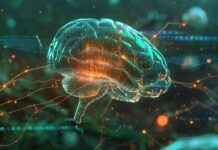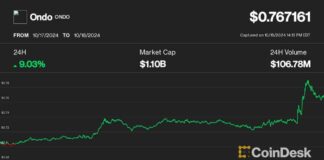Web3 has had a challenging decade, with only a small percentage of the global population using crypto and even fewer using DeFi or DApps. The majority still operates in Web2, where attention is the key value. Despite efforts to make Web3 more user-friendly, it remains largely inaccessible to the average person.
The convergence of AI and crypto has shown promise in making Web3 more intuitive and functional. Large language models (LLMs) and agentic networks have demonstrated the potential for more sophisticated user interfaces and backend behaviors. By leveraging these technologies, Web3 could unlock its full potential and become more user-friendly.
One intriguing possibility is that Web3 is not meant for direct human use but rather as a new set of protocols for machines to manage our digital lives. AI-powered agents could handle tasks like booking holidays, setting up bank accounts, or signing agreements on our behalf. This would require a new computing paradigm optimized for machines and machine-readable smart contracts.
The intersection of Web3 and AI has become a hot topic, with over 195 startups operating in this space and a combined market cap of $28 billion. Major protocols like Ethereum, NEAR, TAO, and ICP are positioning themselves for the rise of agents. This new generation of services promises to create a new category of digital assets based on real-world demand.
The transition from the attention economy to the intention economy is underway, where the agentic internet works to optimally solve user needs through intent-based architectures. This shift represents a fundamental change in how the internet operates, moving away from traditional business models based on attention and towards more optimized outcomes.
As we navigate towards a Post Web future, it’s essential to understand the implications of this convergence process. The disappearance of the current web as we know it is inevitable as the internet becomes optimized for agents. This transition will lead to a wholesale unbundling of business models based on the attention economy, paving the way for a more intention-driven digital landscape.
The potential of DeAI offers an exciting pathway towards artificial superintelligence, grounded in principles of user sovereignty, open-source collaboration, security, and modularity. By exploring these possibilities, we can prepare for the future of Web3 and embrace the changes that lie ahead.
In conclusion, the evolution of Web3 and the integration of AI present a new frontier in the digital age. By understanding the implications of this convergence, we can navigate towards a Post Web future that prioritizes intention over attention, creating more optimized and user-centric outcomes. Join us as we explore the exciting possibilities that lie ahead in the world of Web3 and AI.














